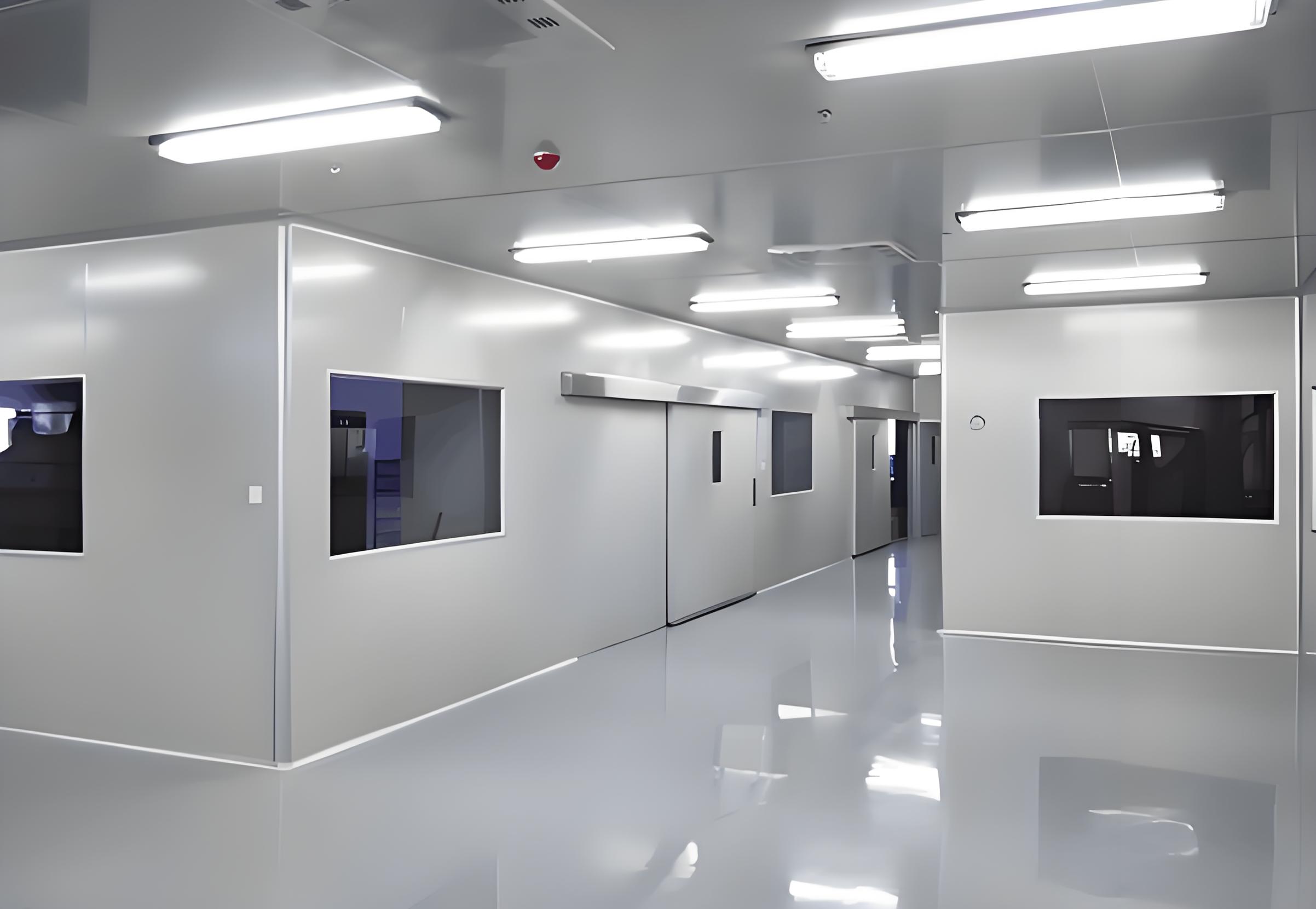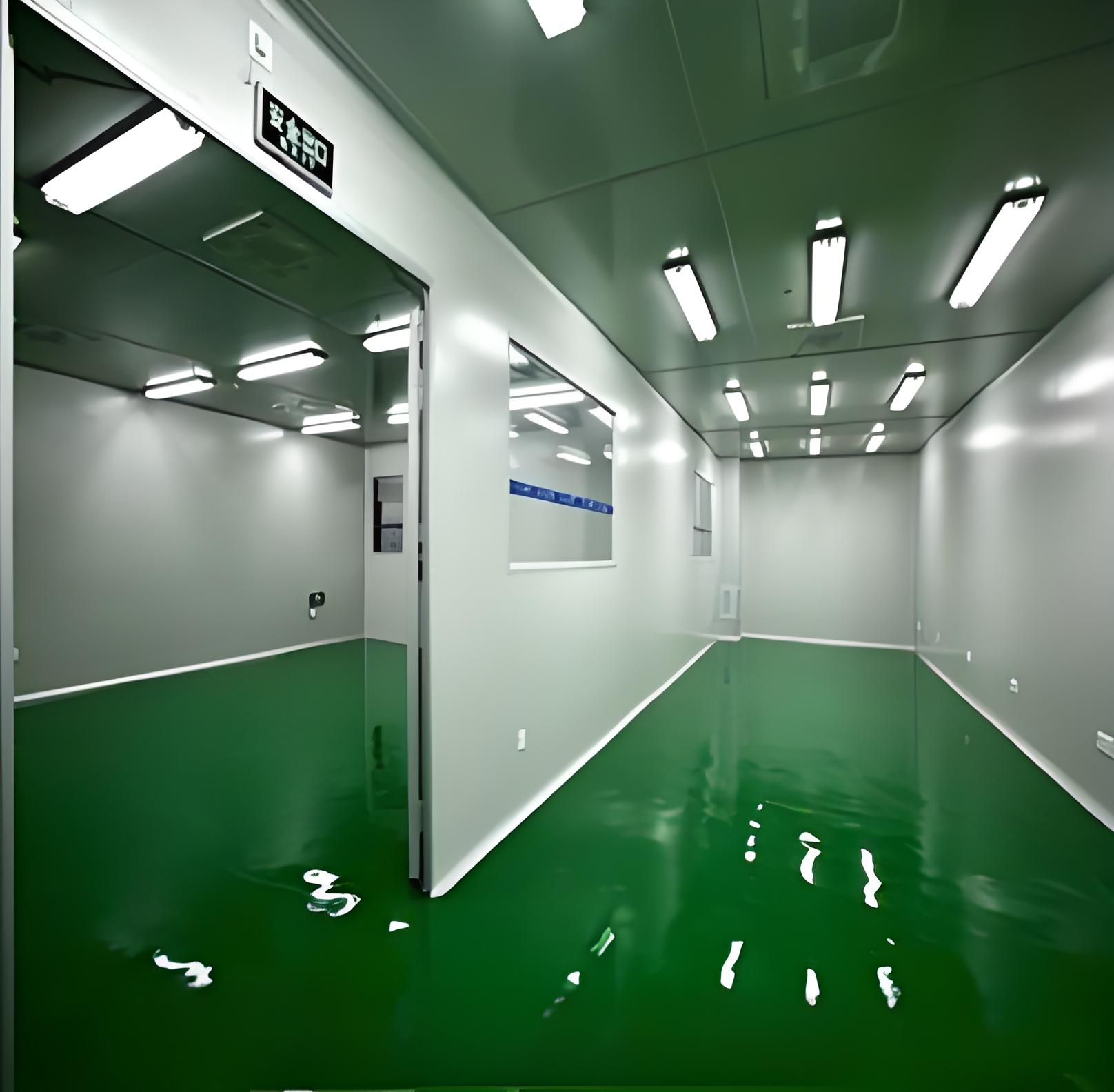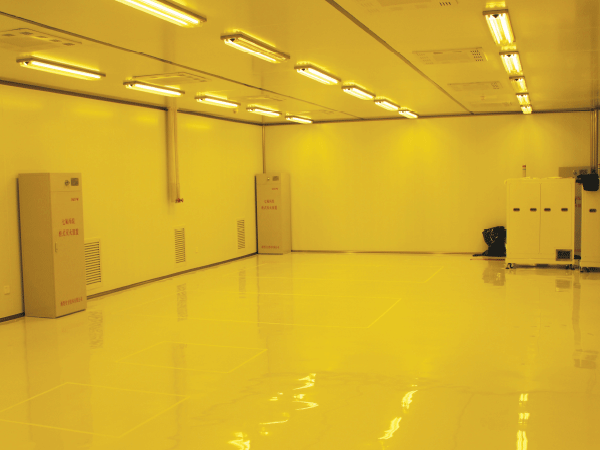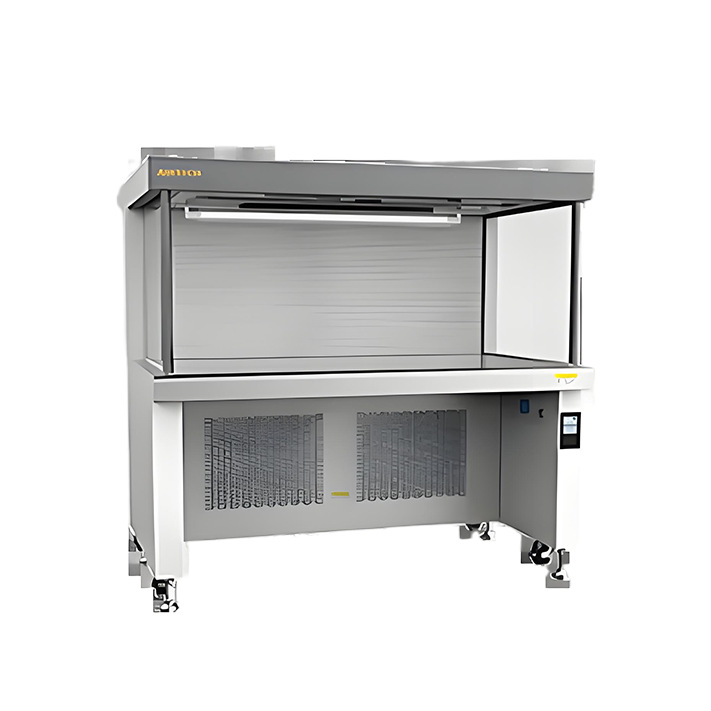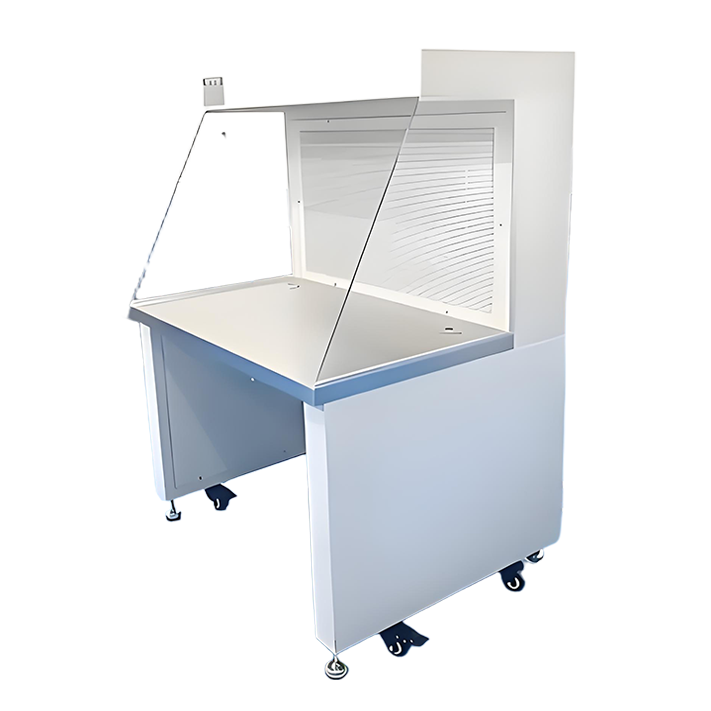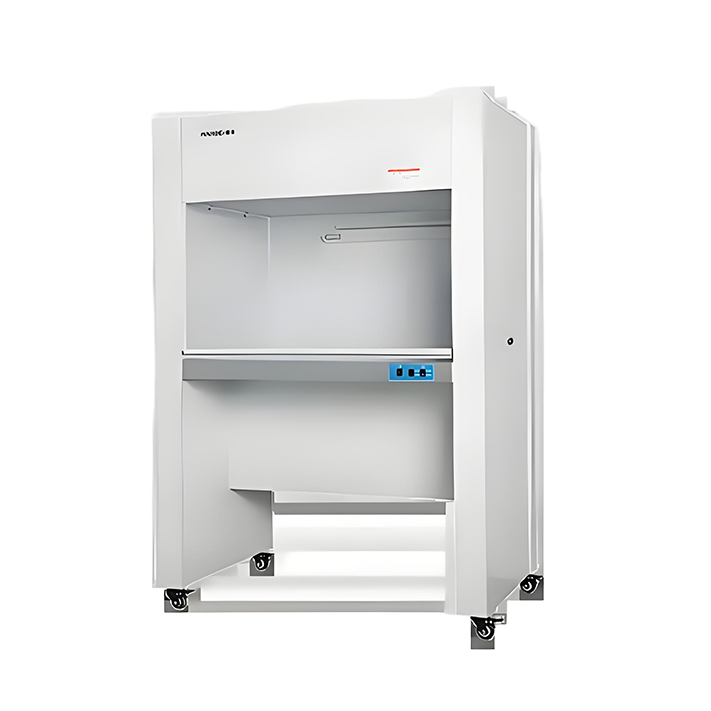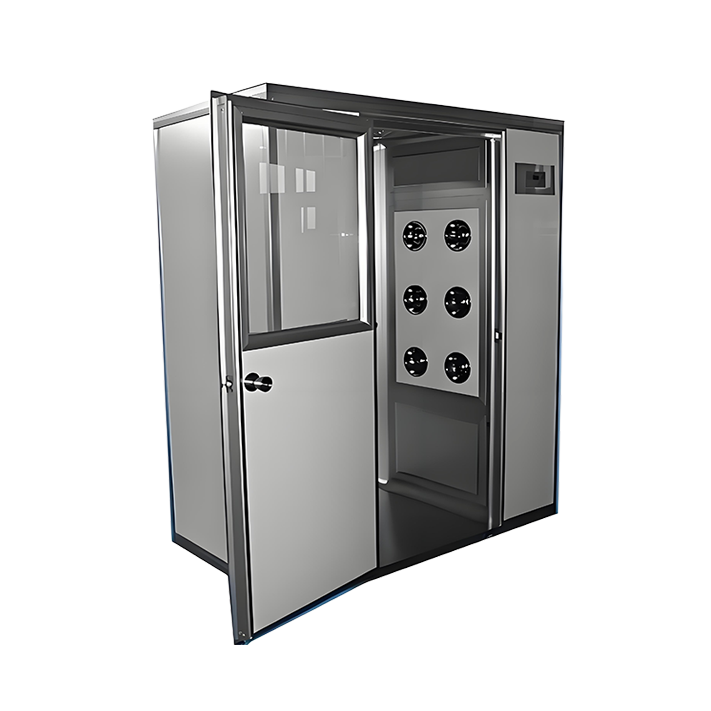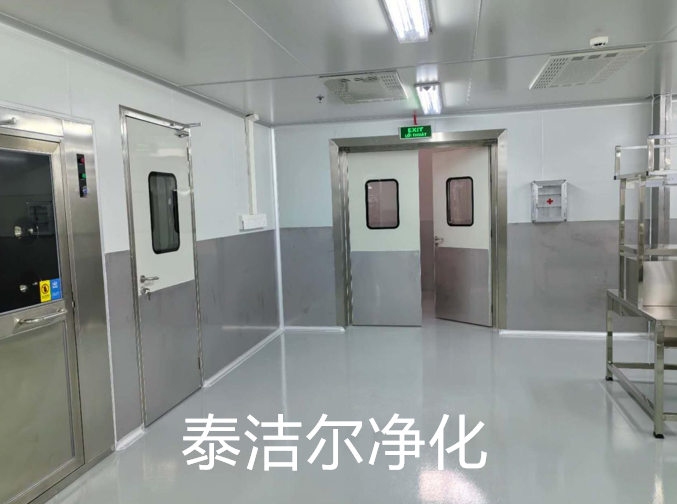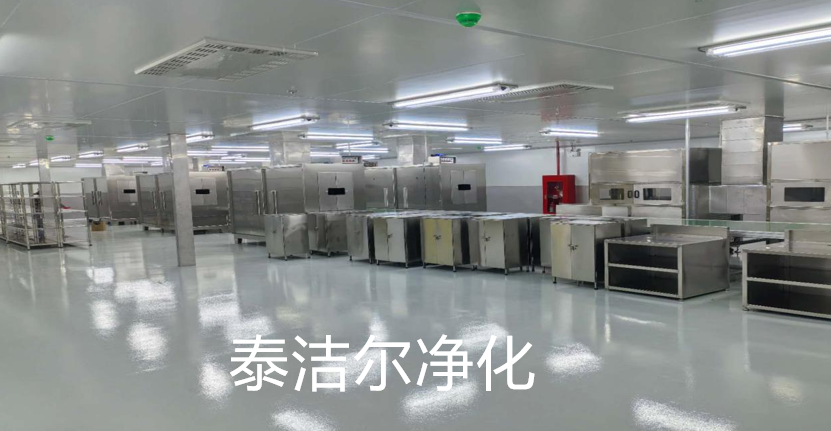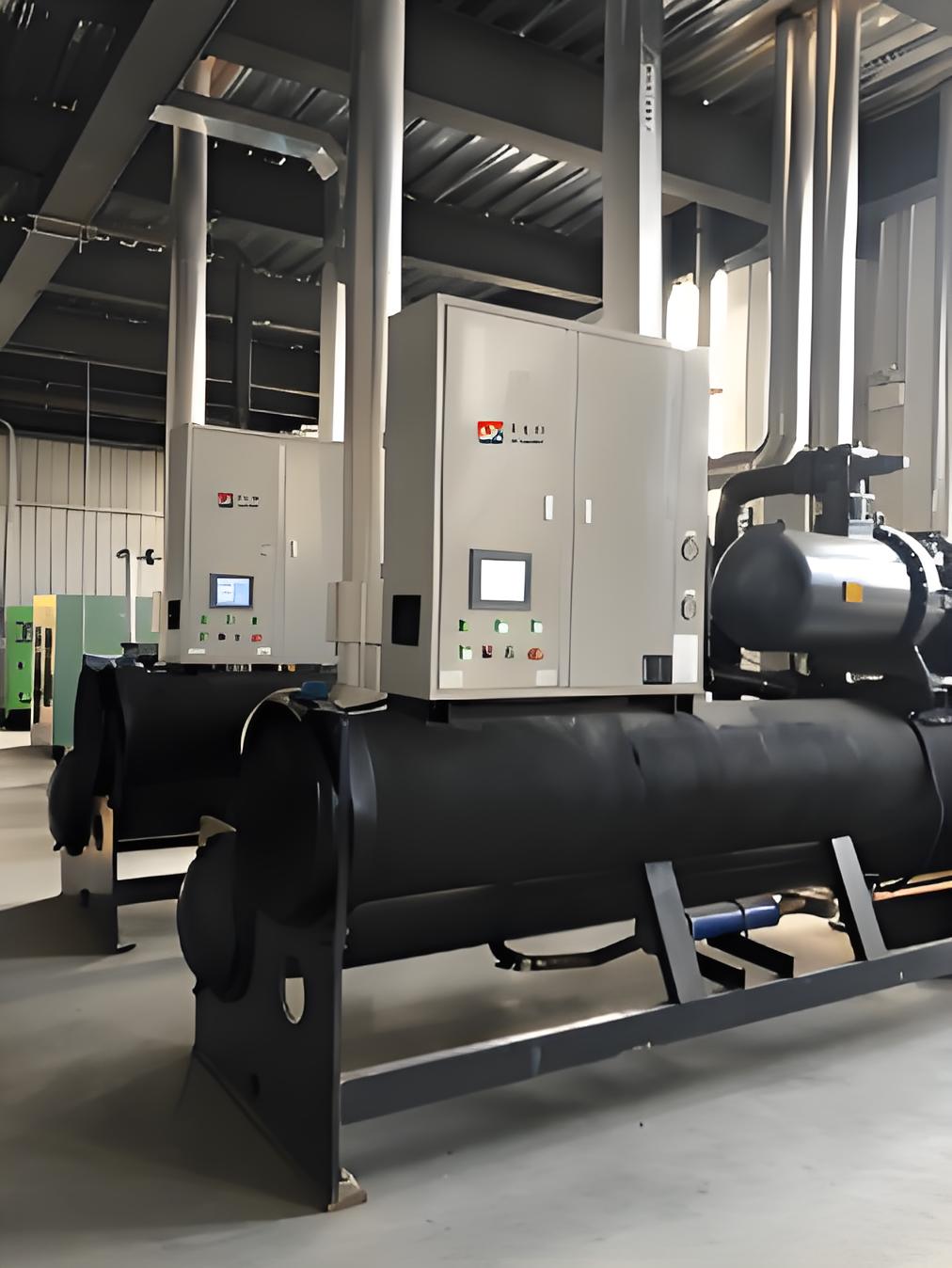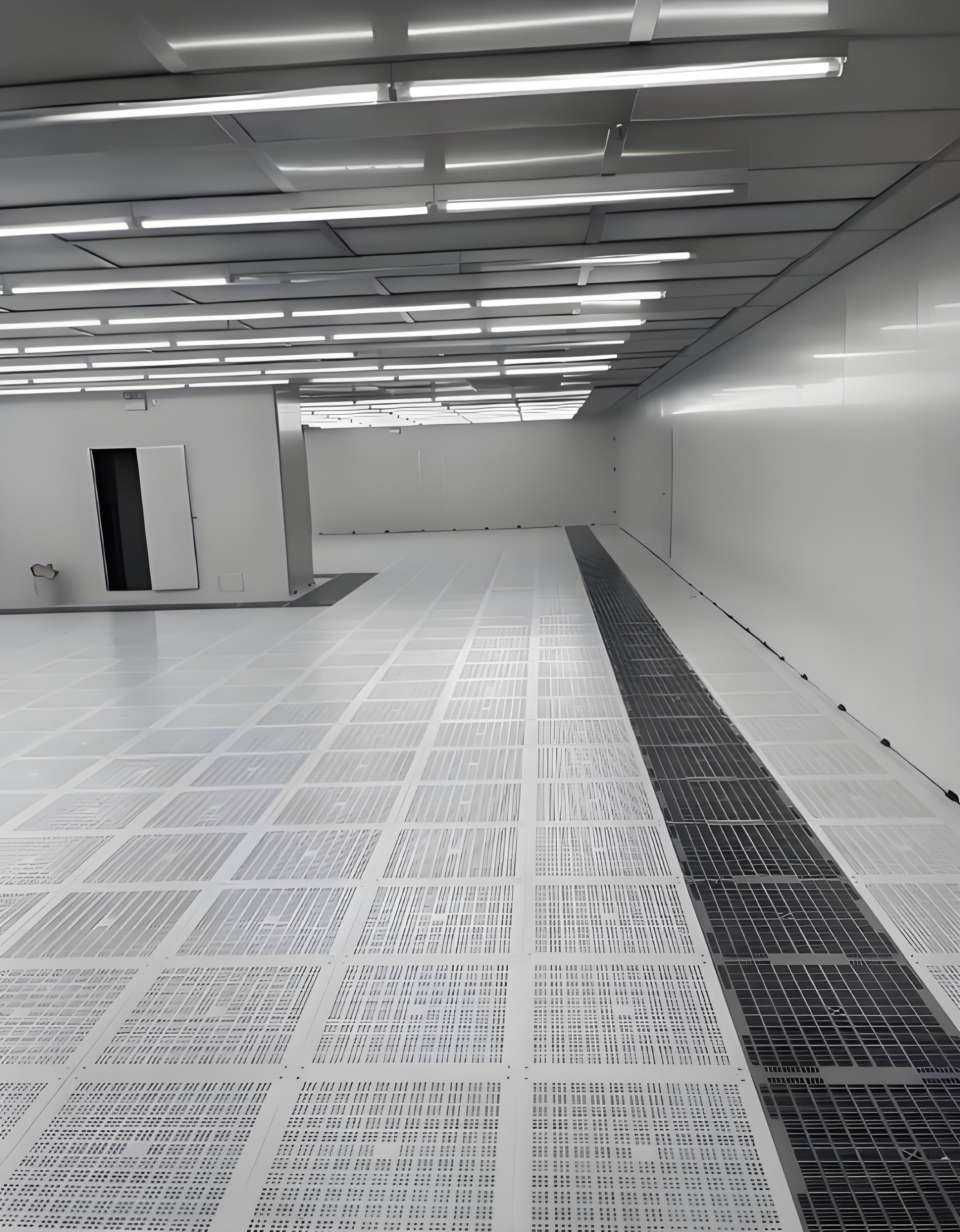Workshop Cleaning Project for Injection Molding, also known as a clean room or sterile room. This is a specially designed room to remove dust particles, harmful gases, bacteria, and other air pollutants within a specific space. It also controls room temperature, cleanliness, air pressure, airflow speed and distribution, noise and vibration levels, lighting, and static electricity within required parameters. This means that regardless of external air conditions, the internal space can maintain preset performance characteristics like cleanliness, temperature, humidity, and pressure. Main function of a clean room is to control the cleanliness, temperature, and humidity of the air that products (such as silicon chips) come into contact with, ensuring production and manufacturing occur in an optimal environment. This space is what we call a clean room.The cleaning process in a clean room is also referred to as a dust-free room or clean room. It involves removing fine particles, harmful gases, microorganisms, and other contaminants from a defined space while controlling temperature, cleanliness, air pressure, airflow speed and distribution, vibration, lighting, and static electricity within specified limits to create a specially designed room. This ensures that no matter how external air conditions change, the room maintains the required cleanliness, humidity, and pressure levels. Clean rooms primarily regulate air cleanliness and humidity levels for products (like semiconductors), enabling manufacturing in a dust-free environment. This space is called a clean room.
Pressure regulations in clean room cleaning procedures
For large clean rooms, to prevent contamination from external environments, internal pressure (static pressure) must be higher than external pressure. Pressure differential maintenance generally follows these principles:
1. Clean room pressure must be higher than that of the external non-clean area.
2. Higher-grade clean room pressure must exceed adjacent lower-grade clean rooms.
3. Airflow between rooms should move toward the higher-grade clean room.
Maintaining pressure differential depends on fresh air volume, which must compensate for air leakage through clean room gaps. Thus, the physical meaning of pressure differential is resistance against air leakage (or infiltration).
Airflow velocity standards in clean rooms
Here, airflow velocity refers to wind speed inside the clean room, with specific speeds varying by equipment.
Regarding turbulent airflow in clean rooms, since it primarily relies on air dilution to reduce contamination, the key concept is air exchange frequency rather than direct wind speed. However, room airflow velocity requirements include:
(1) Air supply outlet velocity shouldn't be too high; compared to air conditioning fans, it should decelerate quickly with wider diffusion angles.
(2) Surface airflow velocity (e.g., near workbenches) shouldn't exceed 0.2m/s to avoid stirring up fine particles and causing recontamination.
For clean rooms using unidirectional airflow (laminar flow), since they rely on air sweeping to remove contamination, cross-sectional velocity is extremely important. Previously referencing US Federal Standard 209E, 0.45m/s was standard, but energy-saving efforts now seek lower velocities.
China's "Air Cleanliness Control Technical Specifications" and "Clean Room Design Standards" specify:
Vertical unidirectional flow (laminar) in clean rooms ≤ 0.25m/s
Horizontal unidirectional flow in clean rooms ≤ 0.35 m/s
Studies show these standards meet contamination control requirements but could be further optimized for energy savings.
Noise control in clean room cleaning procedures
Clean room noise standards are stricter than health protection standards, aiming to ensure normal operations, necessary communication, and comfortable working conditions. Key noise indicators are:
1. Noise-induced discomfort
Noise causing unease is classified into 7 levels: very quiet, fairly quiet, comfortable, slightly noisy, noisy, very noisy. General discomfort falls under slightly noisy or noisy, indicating high dissatisfaction rates.
2. Impact on work efficiency
